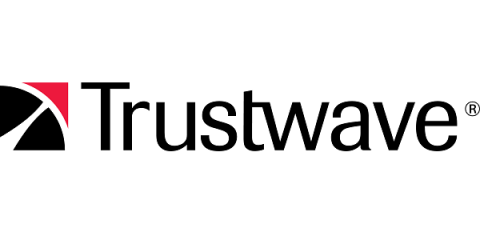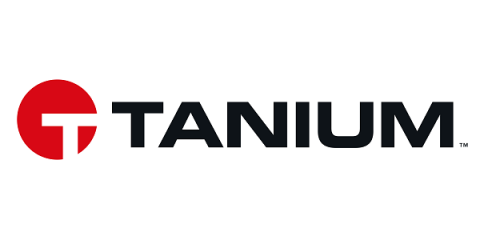Managed Vulnerability Scanning Made Easy
There are few security tasks more important, yet more difficult, to conduct than a vulnerability scanning program. A properly conducted scanning program requires a team of human-led experts with the technology to search for issues that might give a threat actor access to a network. Only the largest organizations with equally large wallets can afford to take on this task, but there is an option.











